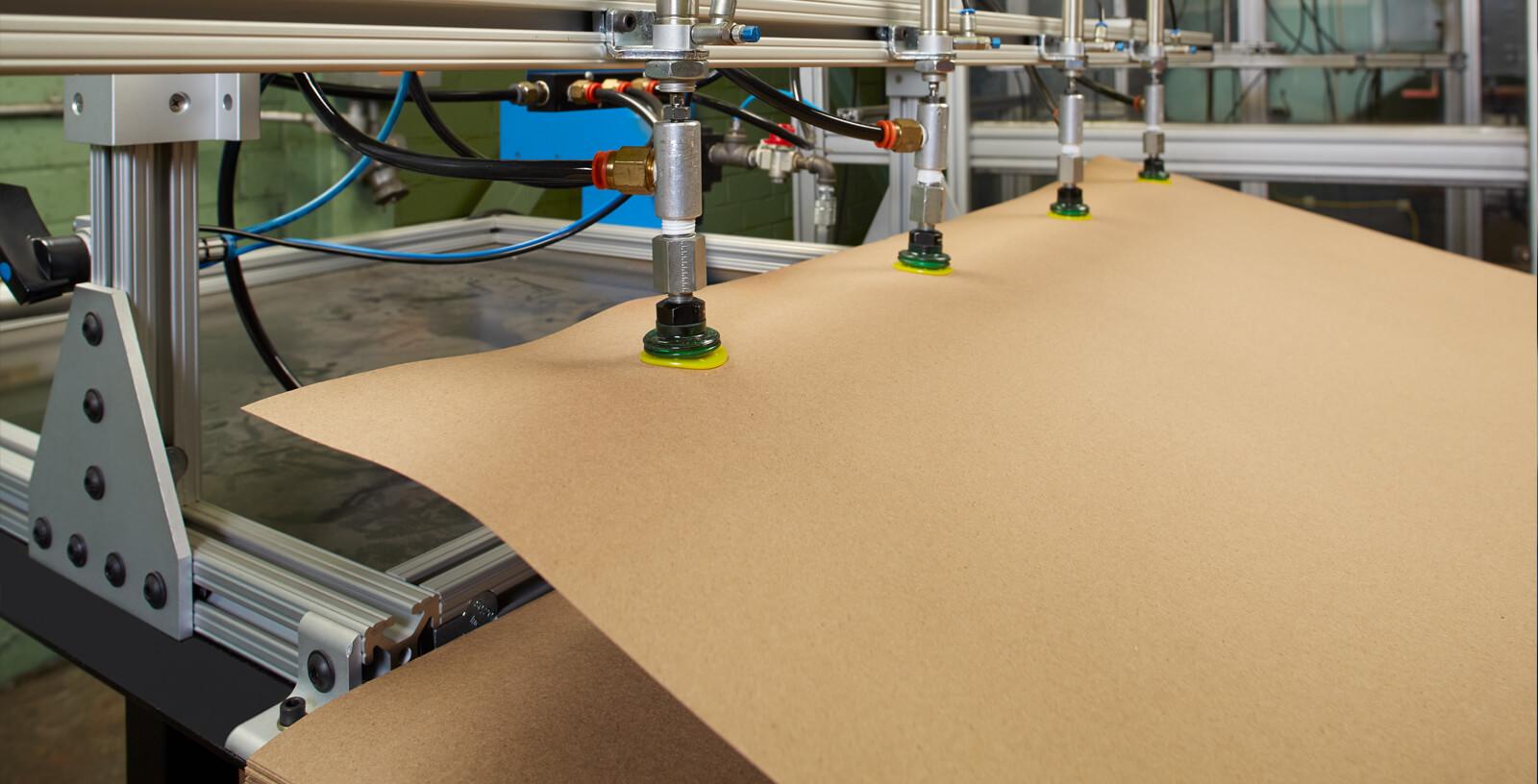Product Detail
Product Tags
 Using JahooPak Slip Sheets in Warehousing and Shipping
Using JahooPak Slip Sheets in Warehousing and Shipping
- Selecting the Right Slip Sheet:
- Material: Choose between plastic, corrugated fiberboard, or paperboard based on your load requirements, durability, and environmental considerations.
- Thickness and Size: Select the appropriate thickness and size for your loads. Ensure the slip sheet can support the weight and size of your products.
- Tab Design: Slip sheets typically have tabs or lips (extended edges) on one or more sides to facilitate handling. Choose the number and orientation of tabs based on your equipment and stacking requirements.
- Preparation and Placement:
- Load Preparation: Ensure that the goods are securely packaged and stacked. The load should be stable to prevent shifting during movement.
- Slip Sheet Placement: Place the slip sheet on the surface where the load will be stacked. Align the tabs with the direction in which the slip sheet will be pulled or pushed.
- Loading the Slip Sheet:
- Manual Loading: If loading manually, carefully place the items onto the slip sheet, making sure they are evenly distributed and aligned with the slip sheet’s edges.
- Automatic Loading: For automated systems, set up the machinery to place the slip sheet and load the items in the correct orientation.
- Handling with Push-Pull Attachments:
- Equipment: Use forklifts or pallet jacks equipped with push-pull attachments specifically designed for slip sheet handling.
- Engage Tabs: Align the push-pull attachment with the slip sheet tabs. Engage the gripper to clamp onto the tabs securely.
- Movement: Use the push-pull mechanism to pull the load onto the forklift or pallet jack. Move the load to the desired location.
- Transporting and Unloading:
- Secure Transport: Ensure the load is stable on the handling equipment during transport. Use straps or other securing methods if necessary.
- Unloading: At the destination, use the push-pull attachment to push the load off the equipment onto the new surface. Release the gripper and remove the slip sheet if not needed.
- Storage and Reuse:
- Stacking: When not in use, stack slip sheets neatly in a designated area. They take up much less space than pallets.
- Inspection: Check slip sheets for damage before reuse. Discard any that are torn, excessively worn, or compromised in strength.
- Recycling: If using paperboard or plastic slip sheets, recycle them according to your facility’s waste management practices.
Previous:
Advantages of JahooPak pallet solid fiber sheet
Next:
JahooPak Custom Recycled Kraft Paper Cardboard Transport Slip Sheet Paper Pallet
 Using JahooPak Slip Sheets in Warehousing and Shipping
Using JahooPak Slip Sheets in Warehousing and Shipping











